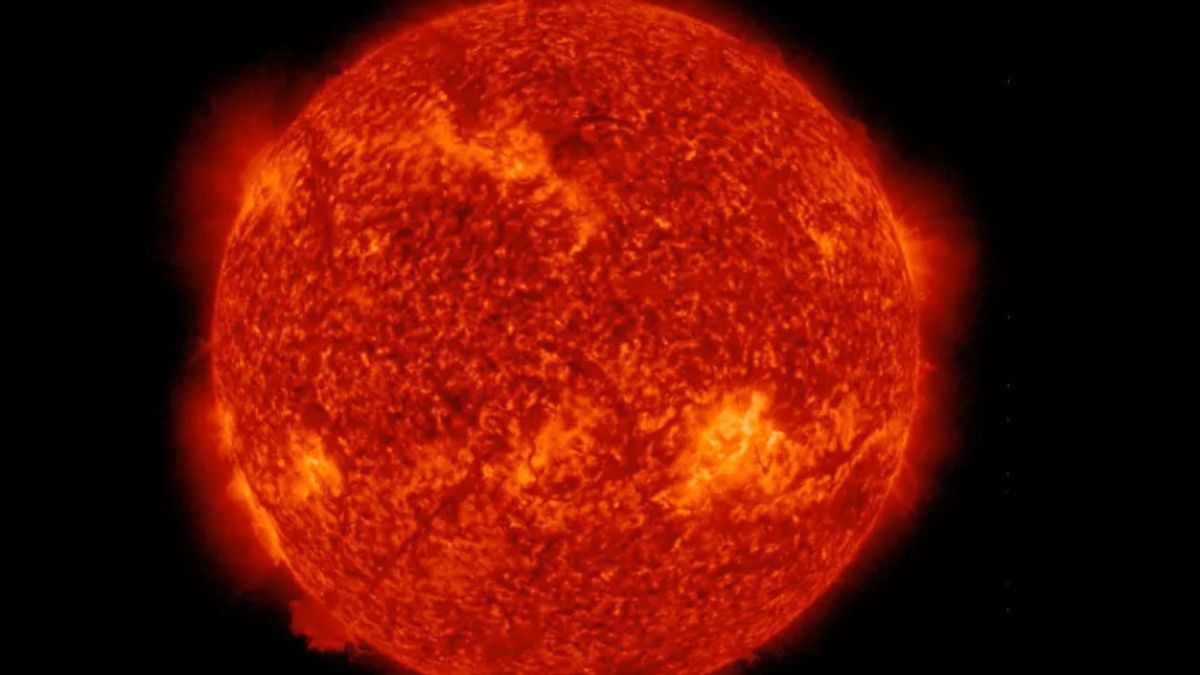JAKARTA - A geomagnetic storm is expected to come to Earth, when the Sun ejects plasma filaments from an open canyon on the surface on Sunday, April 3.
The statement was made by the Center for Space Weather Prediction under the National Oceanic and Atmospheric Administration (NOAA), because Earth is in the splash zone.
Meanwhile, US-based space observers have also issued similar warnings of minor geomagnetic storms in response to the anticipated arrival of a coronal mass ejection from the eruption of a filament centered near S22W30 on the Sun.
According to Space Weather, the fire canyon is at least 12,400 miles (20,000 kilometers) deep and 10 times longer.
The filament eruption itself occurs in the south-central part of the sun. The eruption was also visible to satellites in the extreme ultraviolet part of the electromagnetic spectrum and to ground-based telescopes equipped to observe heat-carrying infrared wavelengths.
Citing Space, Wednesday, April 6, the first filament exploded from the sun on Sunday, April 3 at about 11 a.m. EDT, the second followed on Monday, April 4 at about 5 p.m. EDT.
Both eruptions were accompanied by a coronal mass ejection (CME), with the ejection of charged plasma from the sun's upper atmosphere or corona. When a CME hits Earth, it can wreak havoc with the planet's magnetic field, causing a geomagnetic storm.
Strong geomagnetic storms can disrupt satellite links and damage electronics in orbit. In some cases, these storms can even disrupt the power grid on land. On the plus side, these geomagnetic storms often feature stunning auroras.
VOIR éGALEMENT:
The CME associated with the eruption will reach Earth at around 10 a.m. EDT (1200 GMT) on Wednesday, April 6, and will likely trigger only a mild geomagnetic storm, levels G1 or G2 on a five-point scale.
Because Earth's magnetic field is weakest above the poles, magnetic particles from the CME penetrate deeper into Earth's atmosphere in this region. The interaction between the sun's particles and those in the atmosphere is what gives rise to the colorful glow of the aurora.
Overall, solar activity is currently relatively quiet as the Sun is just beginning to wake up from a prolonged slumber, a phase in its 11-year activity cycle with almost no sunspots.
Solar activity is likely to increase over the next few years, scientists predict it will peak around 2025.
The English, Chinese, Japanese, Arabic, and French versions are automatically generated by the AI. So there may still be inaccuracies in translating, please always see Indonesian as our main language. (system supported by DigitalSiber.id)














